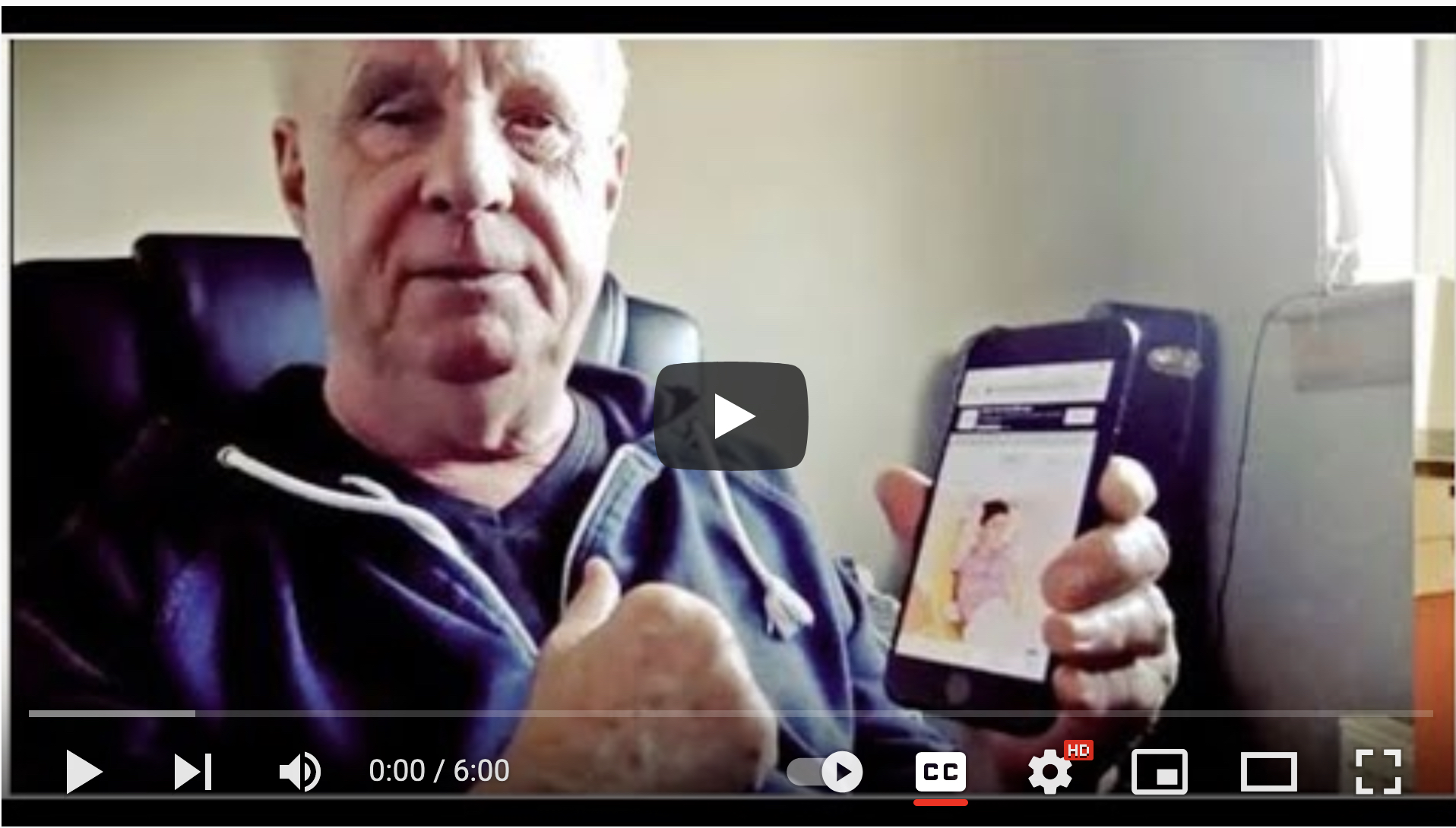The accessibility of websites plays a crucial role in ensuring equal access to information and services for all individuals, including disabled people. It is not just about ‘doing the right thing’, it is a legal requirement.
Website Accessibility and the Equality Act 2010
The Equality Act 2010 is the legal foundation in the UK designed to ensure equal access to goods, services, and information. Websites are included within the legislation. Organisations must make reasonable adjustments to accommodate disabled people. Non-compliance can lead to severe penalties, reaching up to 4% of worldwide turnover.
Public Sector Bodies (Websites and Mobile Applications) (No. 2) Accessibility Regulations 2018
The Public Sector Bodies Accessibility Regulations (PSBAR) came into effect on September 23, 2018. It applies to public sector organisations. These regulations require public sector websites, including government agencies, educational institutions, and local authorities, to meet certain accessibility standards. Public sector websites should aim for at least Level AA conformance with WCAG guidelines and provide an accessibility statement to communicate their compliance level.
To ensure compliance with accessibility standards, organisations should conduct regular accessibility checks, engage in user testing with disabled people, and make necessary improvements to address any identified barriers. It is advisable to maintain an accessibility statement on the website, which outlines the organisation’s commitment to accessibility, known limitations, and contact information for reporting issues.
How to ensure compliance with your legal requirements
ISO 30071-1 international information technology standard
The ISO 30071-1 is international information technology standard was published in 2019. It contains good practice guidelines and advice that will be useful to all organisations seeking to make their content accessible. Part 1 is about embedding good accessibility practice into the values of a company – to ensure the ICT products and services they design are accessible.
The development of the ISO 30071-1 standard was lead by Johnathan Hassell who wrote the following:
“It provides a framework around standards like WCAG 2.0 and 2.1 to help integrate accessibility within organisations and into software development lifecycles.”
Web Content Accessibility Guidelines (WCAG) 2.1
To achieve accessibility standards, organisations can adhere to the internationally recognised Web Content Accessibility Guidelines (WCAG) 2.1, developed by the World Wide Web Consortium (W3C). They provide a framework for web developers and designers to create websites accessible to all, including disabled people.
In conclusion: Website Accessibility and Your Legal Obligations in the UK
Website accessibility is not just a matter of social responsibility, it is a legal obligation. By adhering to the Equality Act 2010, and relevant legislation such as the Public Sector Bodies Accessibility Regulations organisations you can ensure equal access to your websites and services for disabled people. Taking accessibility seriously means you not only to avoid potential penalties but also make your content more accessible and enhance the user experience for all visitors to your websites.
Photo by DPP Law.
Tags: disabled people, equality, equality act 2010, legislation, UK, wcag
Related Content
- Website Accessibility Auditing Service – for WCAG 2.1, WCAG 2.2 ComplianceRichard Morton is a member of our website accessibility audit team "A large proportion of my work over the last six years has been web accessibility auditing, using the Web Content Accessibility Guidelines (WCAG 2.1 & WCAG 2.2).I do manual testing, using the standard browsers, and light tools like the AIS ...
- About Web Designer and Accessible Website Design Specialist Jim ByrneA passion for equality and accessibility Decades before he became an accessible website design specialist, Jim started his working life as a computer programmer in 1979 using 'miniframe' computers that had LP (a long player record) sized 'not very floppy disks'. The disks needed to be screwed into a large cabinet ...
- Accessible website design blogNews, views, links about accessible web design and more.
Take my Web Accessibility Online Training Course - WCAG 2.1 Compliance
Learn to design and manage WCAG compliant, accessible websites with my online course
You will learn both the techniques of accessible website design and an entire ‘framework for thinking about the subject’. It will equip you with the skills to understand, identify and fix issues any accessibility issues you come across. Watch the free videos to get a taste of what is on the course.

Working with non-profits, charities, voluntary and public sector organisations and social enterprises for over 20 years. Jim set up one of the worlds first website accessibility web agencies in the mid 1990s.